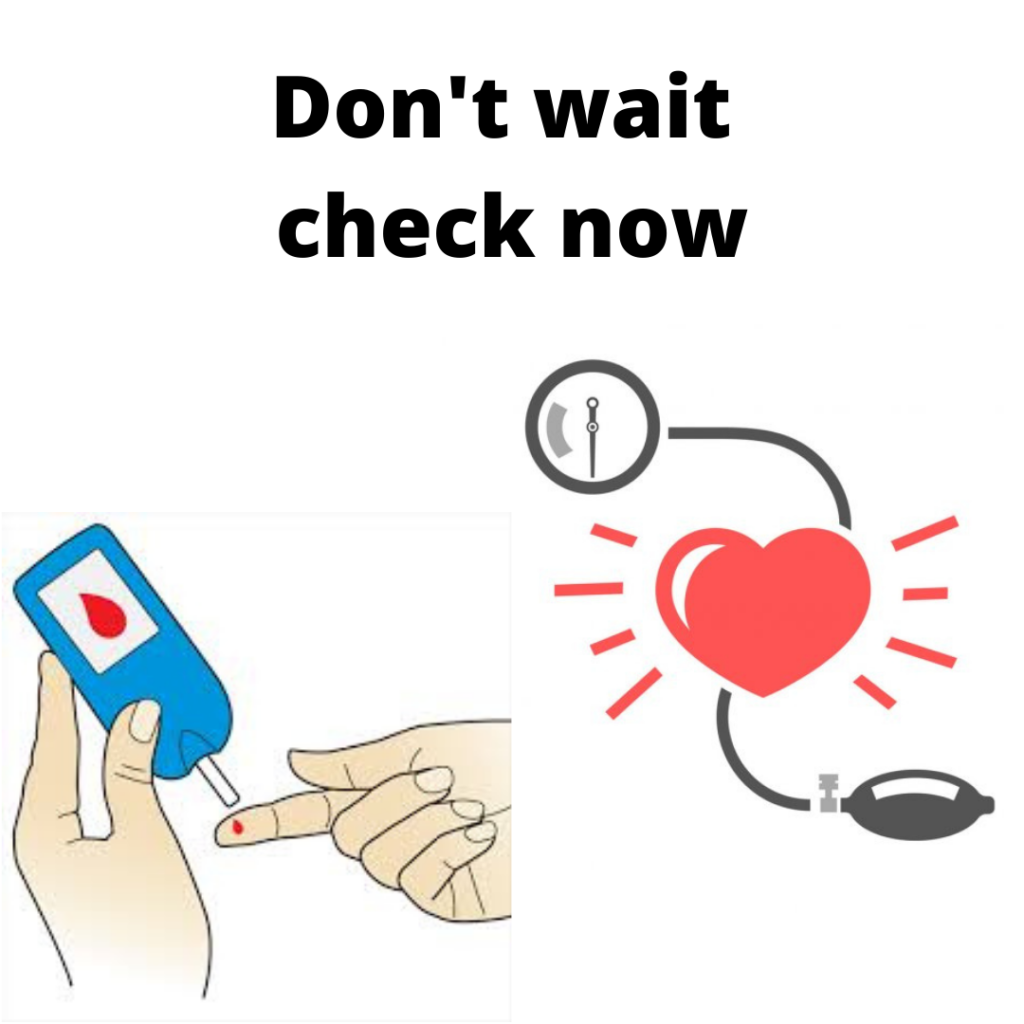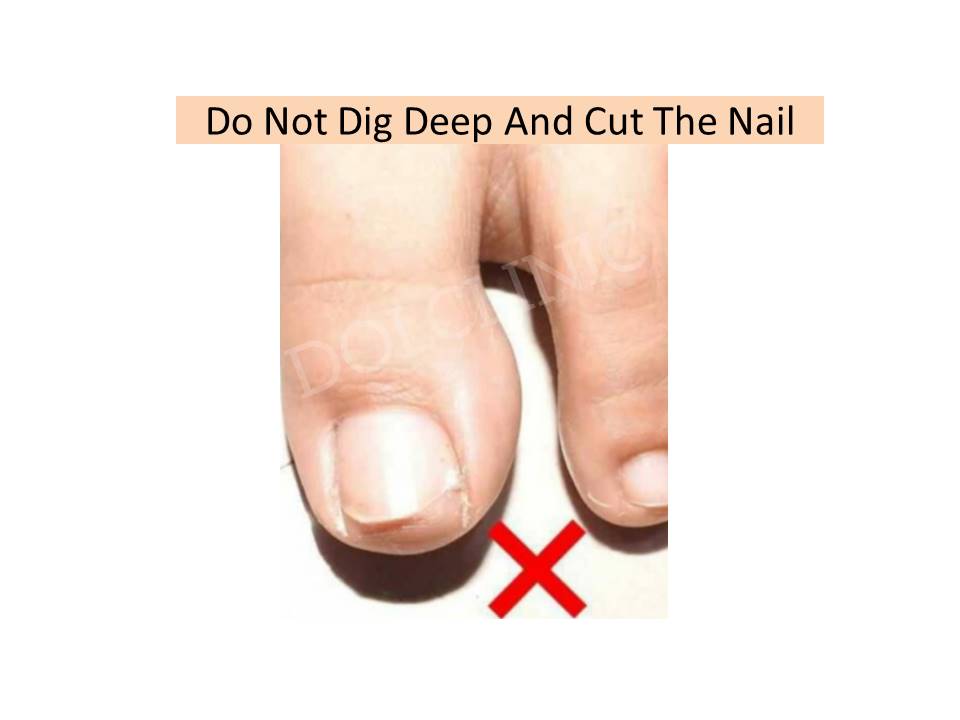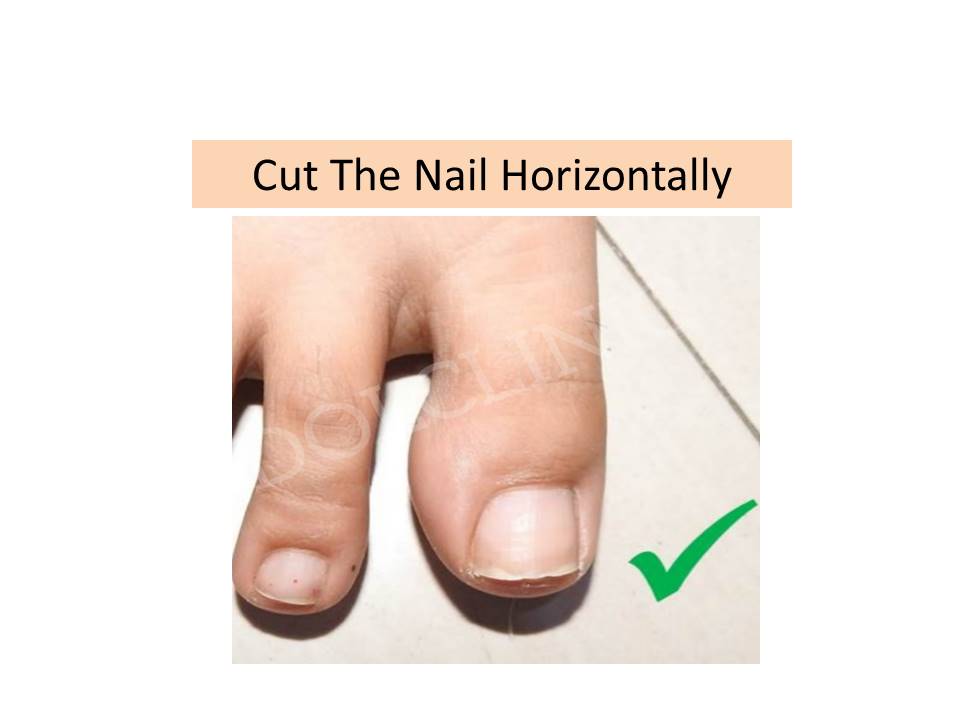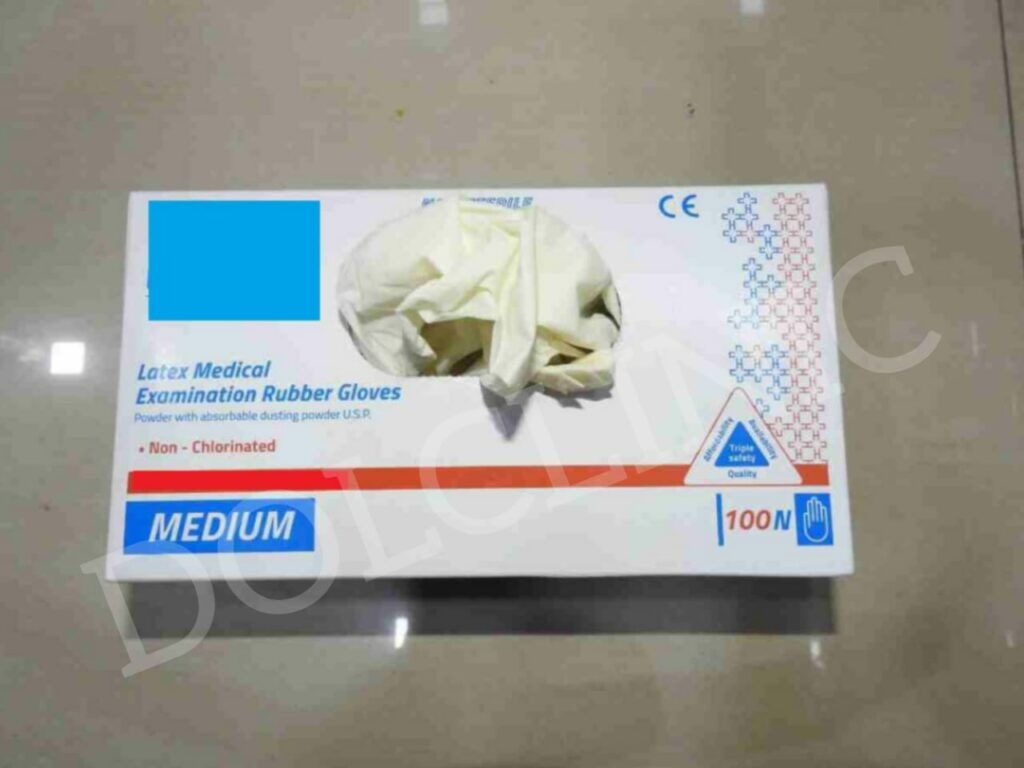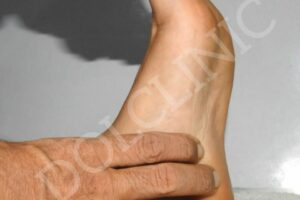Simple tips on foot care in diabetes
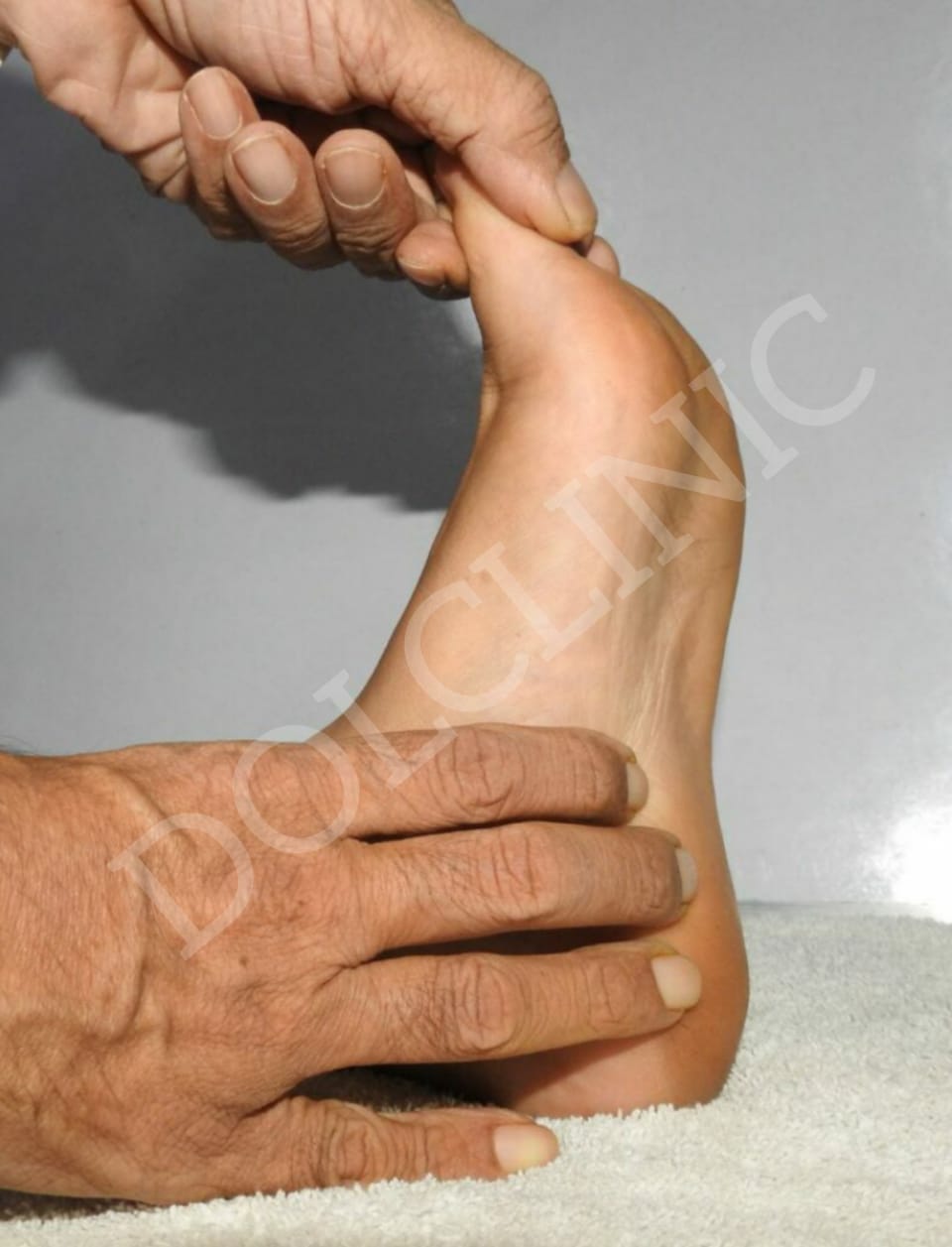
Simple tips on foot care in diabetes
SAVE FOOT, SAVE LIFE
85% of amputations can be prevented by these simple measures.
These simple measures can be easily done at home, don’t take much time or money. Precisely, for this reason, most people don’t value or follow these instructions. But once, foot infection starts, treatment is costly and the risk to foot and life is high.
- Examine your feet daily –
- Just spending 1 minute daily in inspecting your feet, can help to detect any problem in the earliest stage.
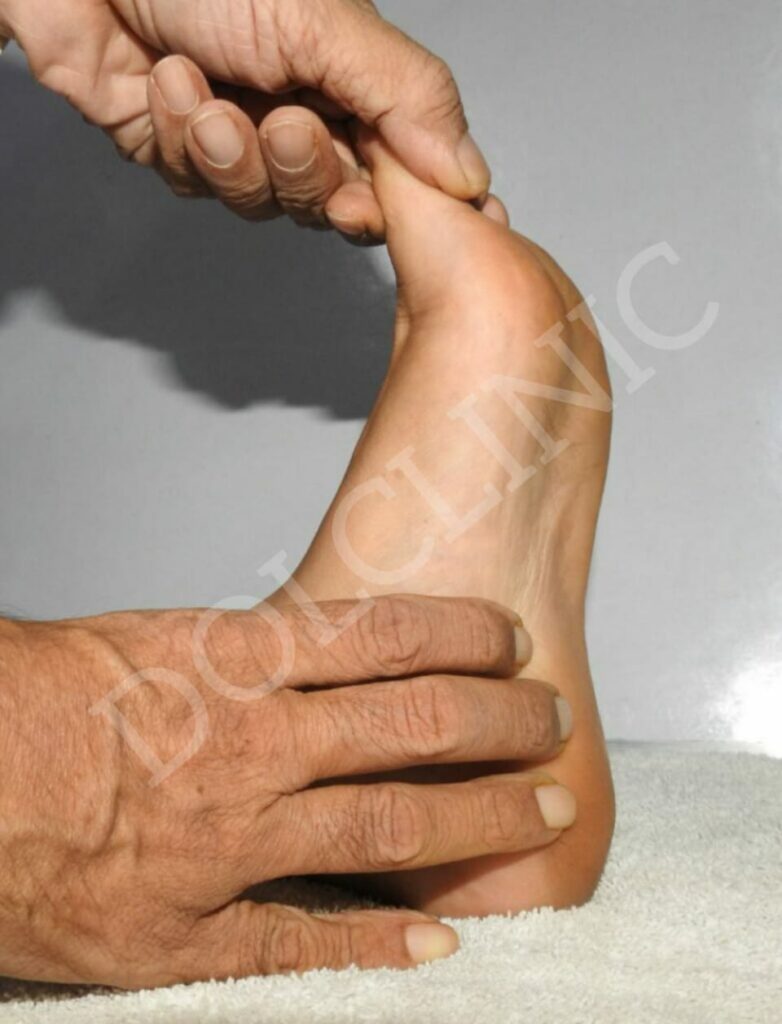
Examine foot daily
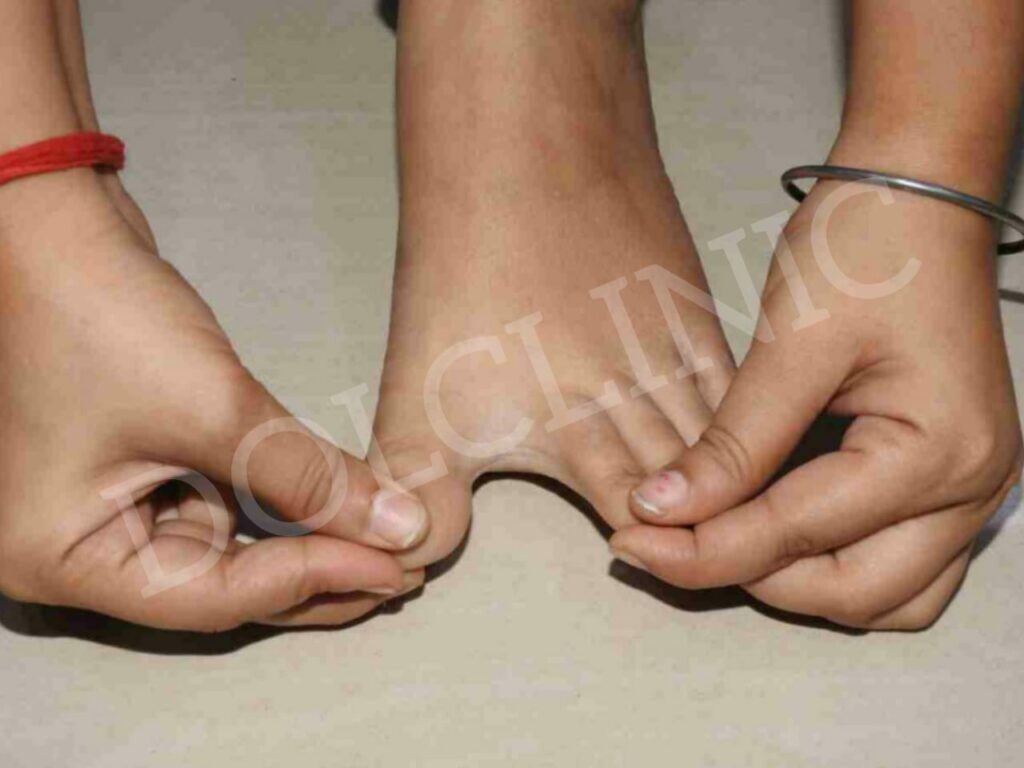
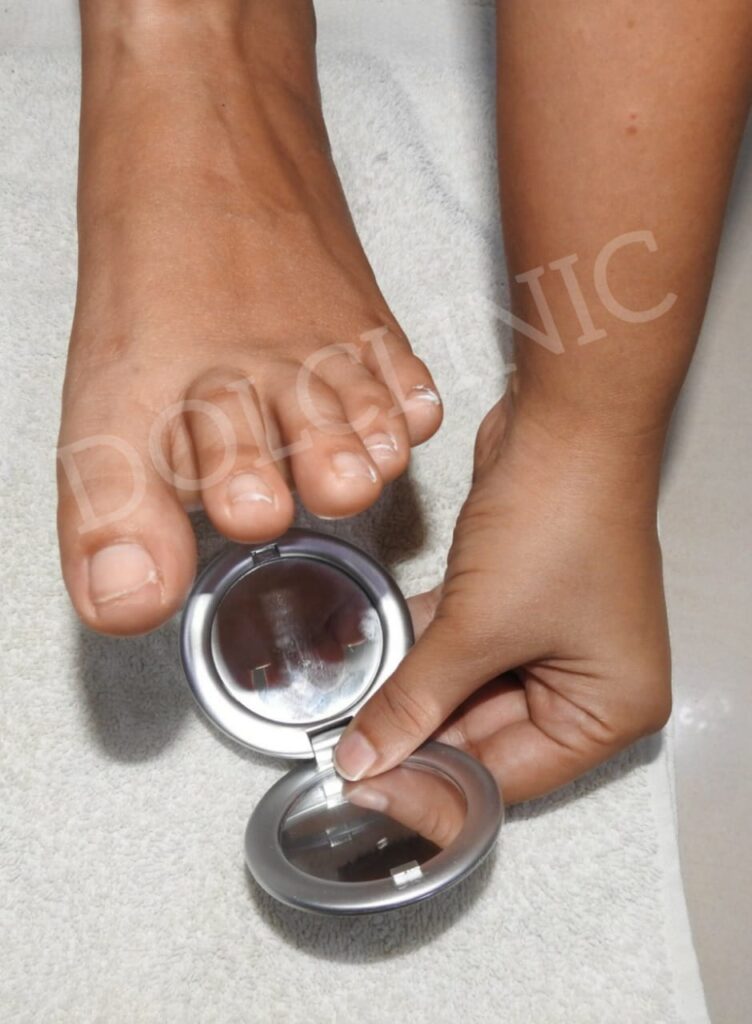
Check your feet daily for cuts, swellings, and inflammation, or change in colour.
Feeling your feet with your hand will also help find lumps, swelling, and hot or cold spots. If you find anything unusual, protect it with a simple dressing of gauze and bandage, and see an appropriate health professional.
Don’t forget to look into the space between the toes. Sometimes infection starts here.
If you can’t see too well, use a mirror or a magnifying glass or ask someone else to do this for you.
Watch for cuts, bruises, and ulcers – Treatment at this stage is likely to be easy. Usually, it may need simply, an antibiotic, some changes in footwear or rest to the foot by taking pressure off it for a few days. This will prevent any further serious complications of the problem.
Inside of shoes getting worn out in one area indicates high pressure in that point and may need modification of footwear.
If you find any of these things, don’t wait. Ask for professional advice.
2.Wash your feet regularly–
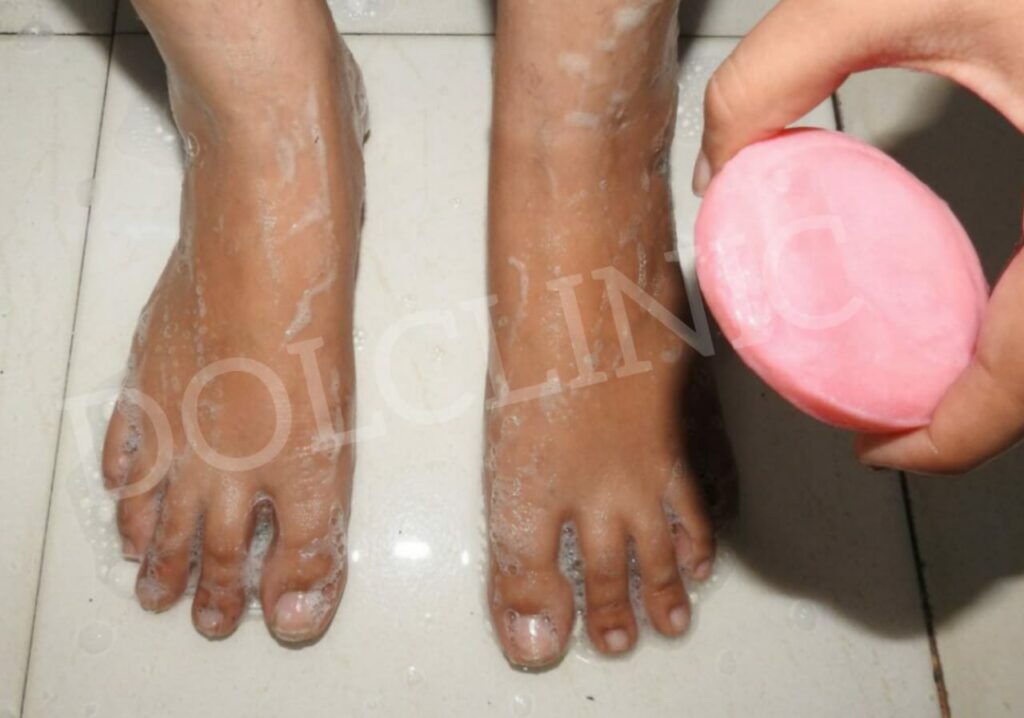
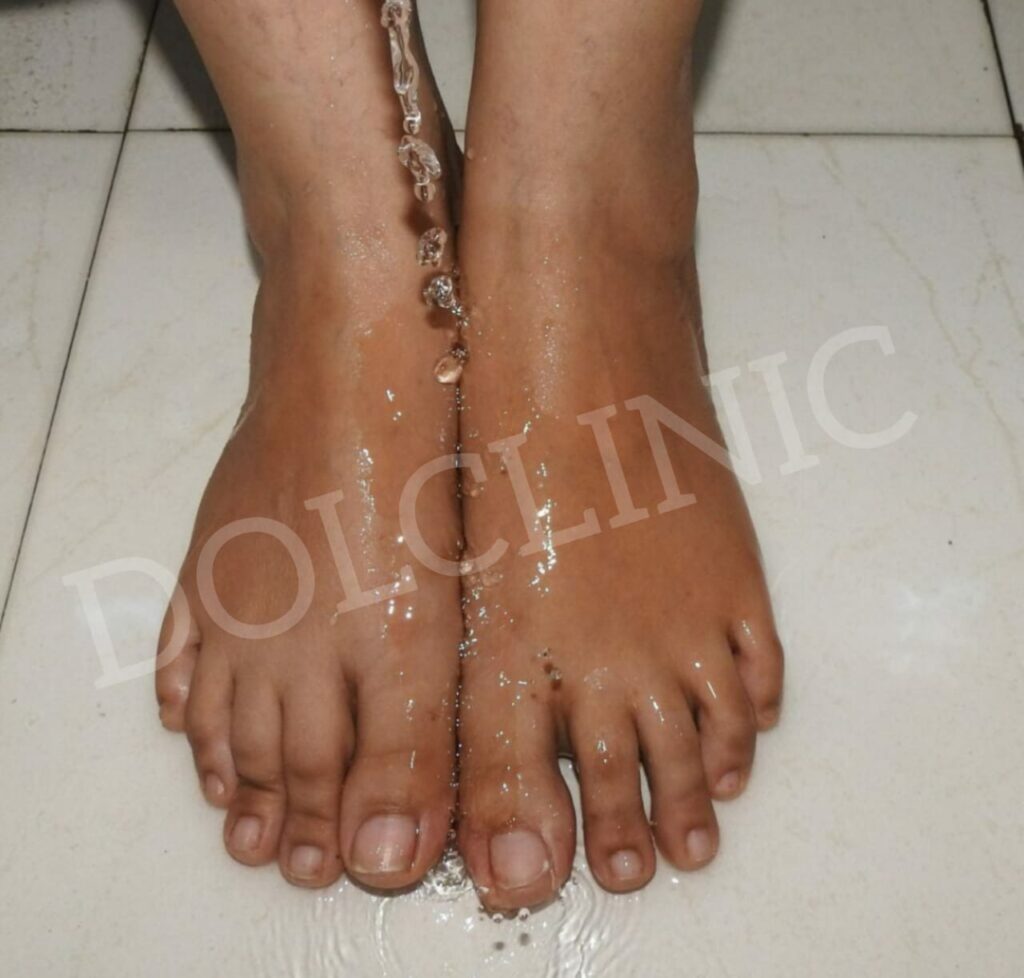
It is important to wash and examine your feet every day. Use lukewarm water and mild soap. Always check temperature of water first with the elbow.
Dry them gently by dabbing with a soft cloth. Don’t forget to mop gently between your toes.
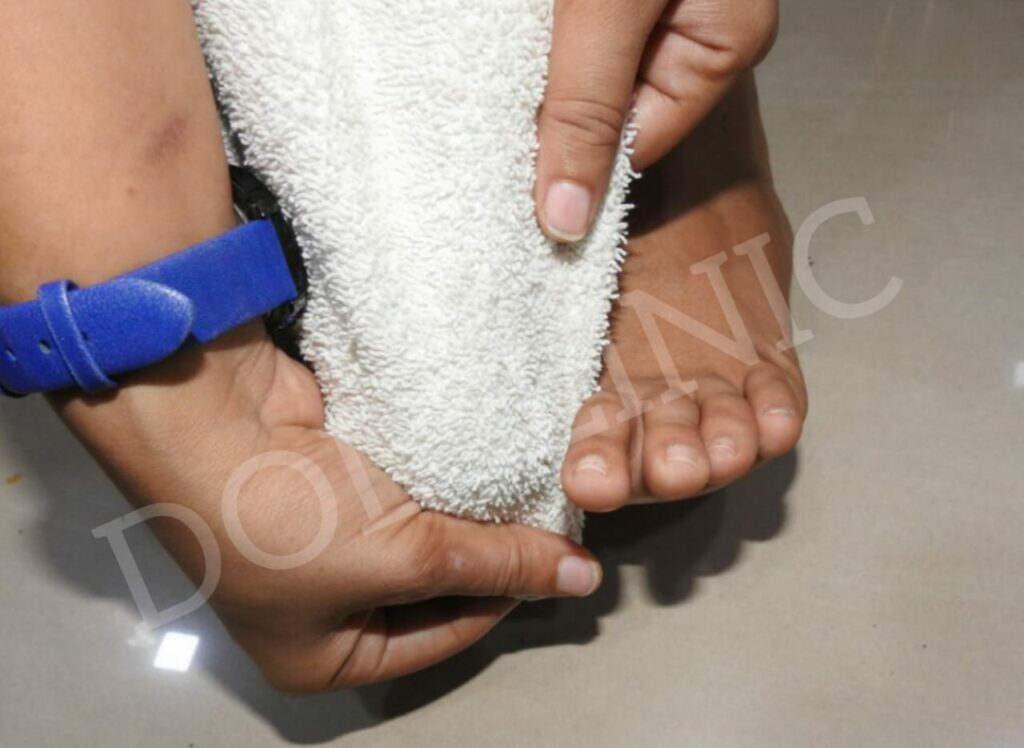
Clean space in between the toes
3.Skin care-
Use moisturizing cream to keep your skin soft and supple. This will avoid cracks in the skin. Infection can enter through cracks in skin. There will be less itching if the skin is oily. Dry and hot skin itches more. Scratching of itchy skin can start infection Coconut oil is easily available and is a very good option.
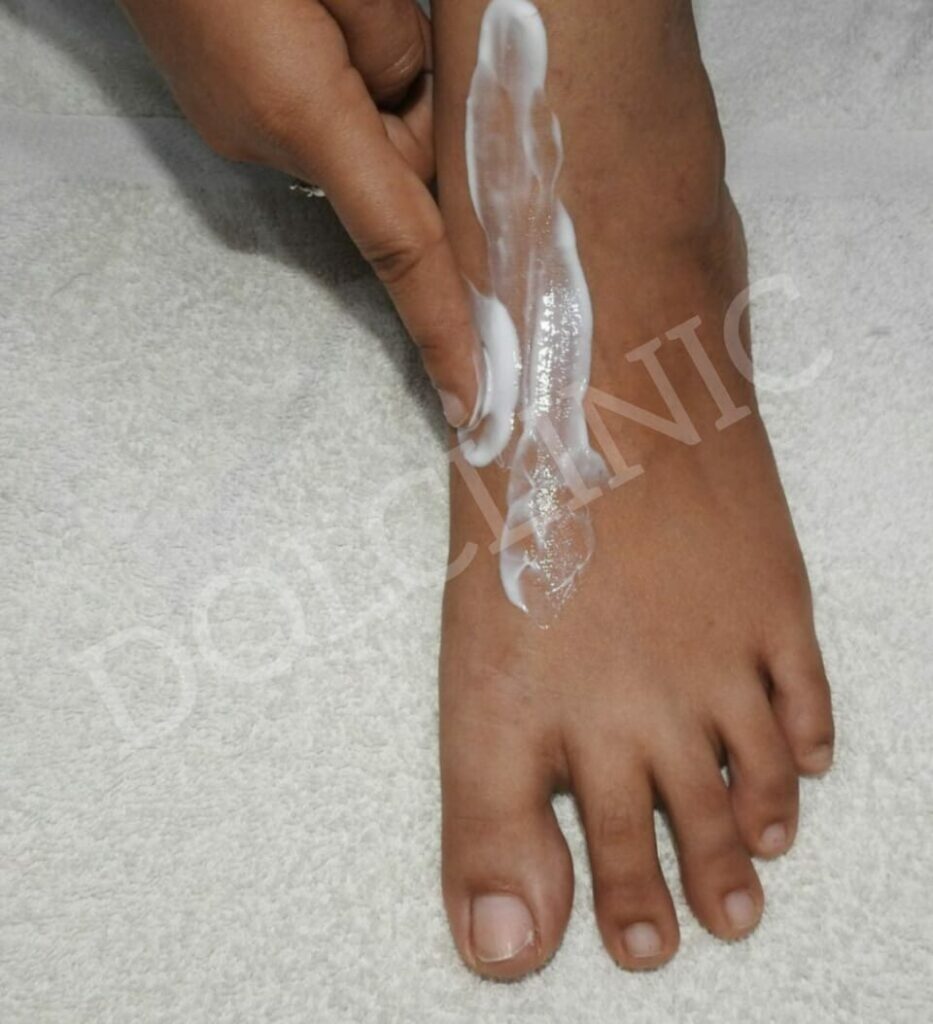
When applying oil, avoid the space between the toes, because it is moist usually. Soles (the bottom of foot) are where one needs to apply moisturizer mainly. Be careful with the slippery floor.
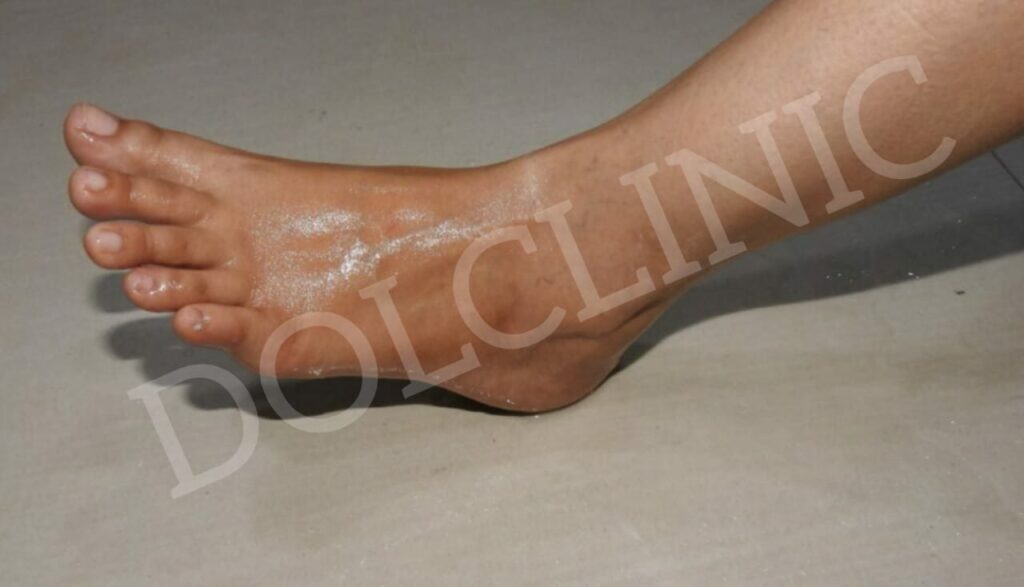
4. Toe nail care–
Toenails should usually be cut straight across. Don’t cut or dig down the sides or corners of your nails. Cutting corners or cutting nails too close to skin can sometimes damage the skin causing serious infection.
If the nails are very hard, thick or deformed, they need special instruments called shears to cut them. If you have reduced feeling or circulation in your feet, it is best to leave this to your doctor.
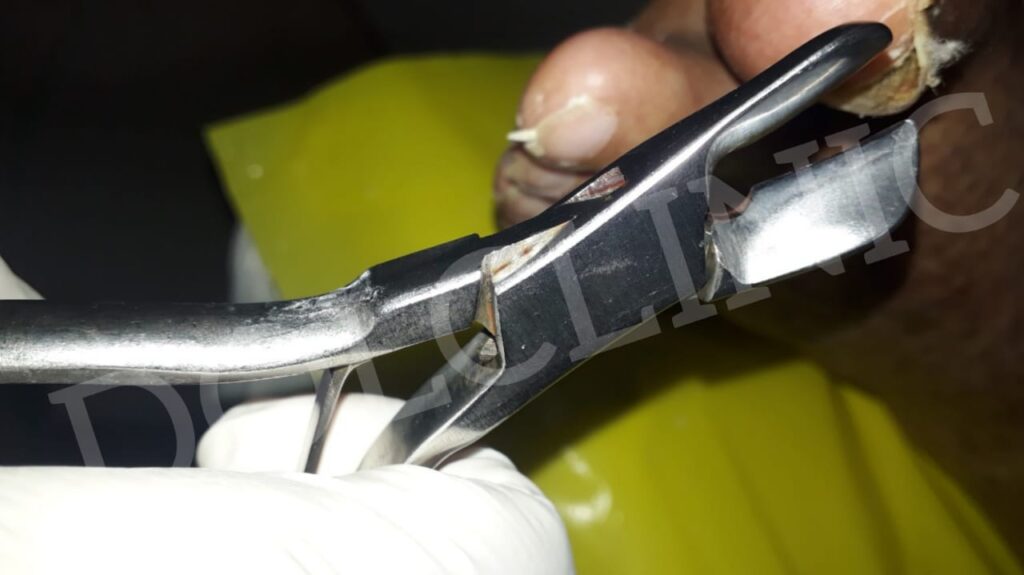
5. Footwear (Pedorthotics)- (For detailed information, please read our page ‘Diabetic Footwear – Customised’
Customized footwear (especially the insole is the gold standard for diabetic footwear. It should be prepared under the supervision of an experienced professional.
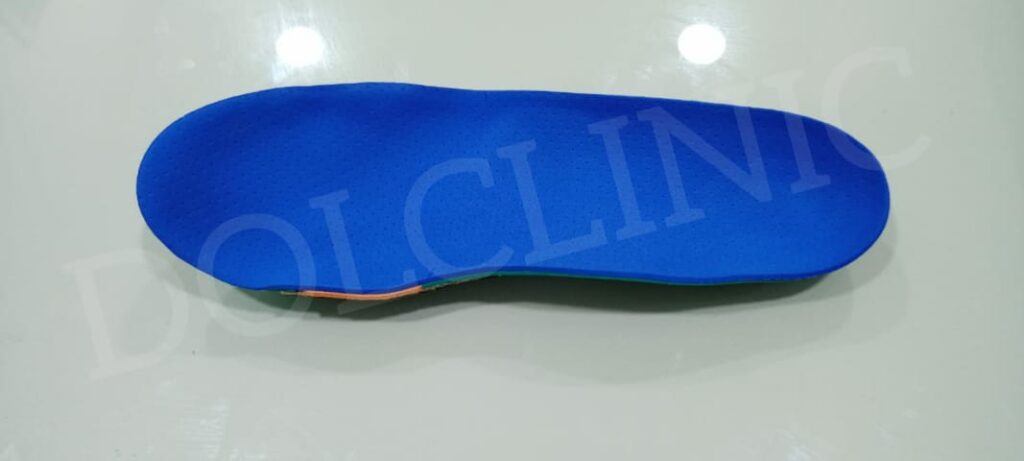
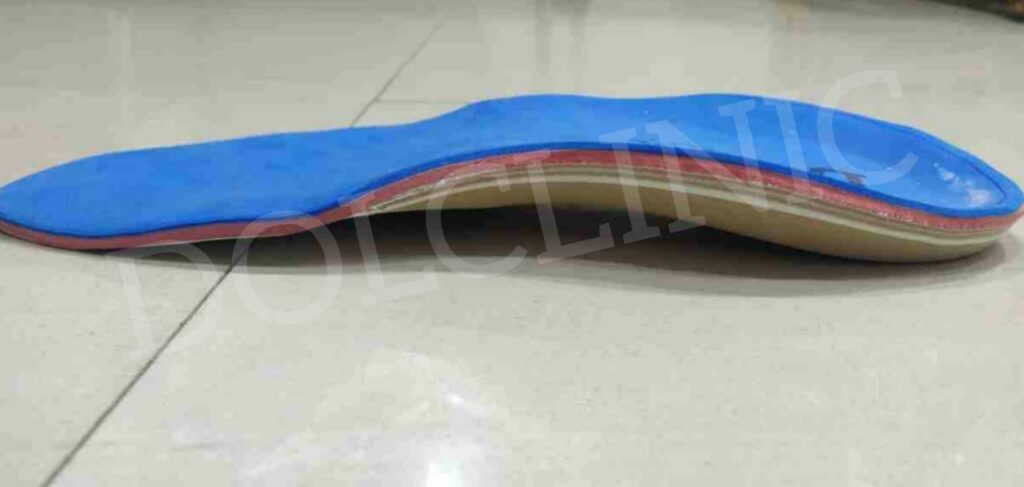
The insole, which is the part on which our foot rests is the most important part of the footwear.
It can be prepared manually, using semi-automatic or completely automatic machines. The best method is by using manual and machine together. We use this method where manual and machine method is combined to give best results. The customized insole can be put into any shoe ( as mentioned below) of your choice.
Most Diabetics will have neuropathy sooner or later, removing the natural defense mechanism of pain. Also the feet in diabetics undergo changes in shape and the way the feet work. So, each foot needs footwear (insole of a specific shape.
Please read our page ‘Diabetic Footwear – Customised’ for more information on customized footwear.
If the facility of customised insole is not available to you, the alternative is using shoes as below –
The shoes in the least should have following features
- Covering feet from all sides – This will protect the feet from any accidental injuries or insect bites,
- Thick soft insole – This will distribute pressure evenly. So, the pressure points will carry less pressure, thereby decreasing the chances of a wound.
- Broad in front – be a good fit, with enough room for all toes. This will allow your foot muscles to work properly and prevent rubbing.
Hence, many times, one practical option for the diabetic would be to wear long cotton socks with simple sports shoes that are one size bigger, have velcro for easy fastening, thick soft insole. Frequent change in shoes 6-12 monthly is recommended. This is the best investment one can do to avoid any foot problem in diabetes.
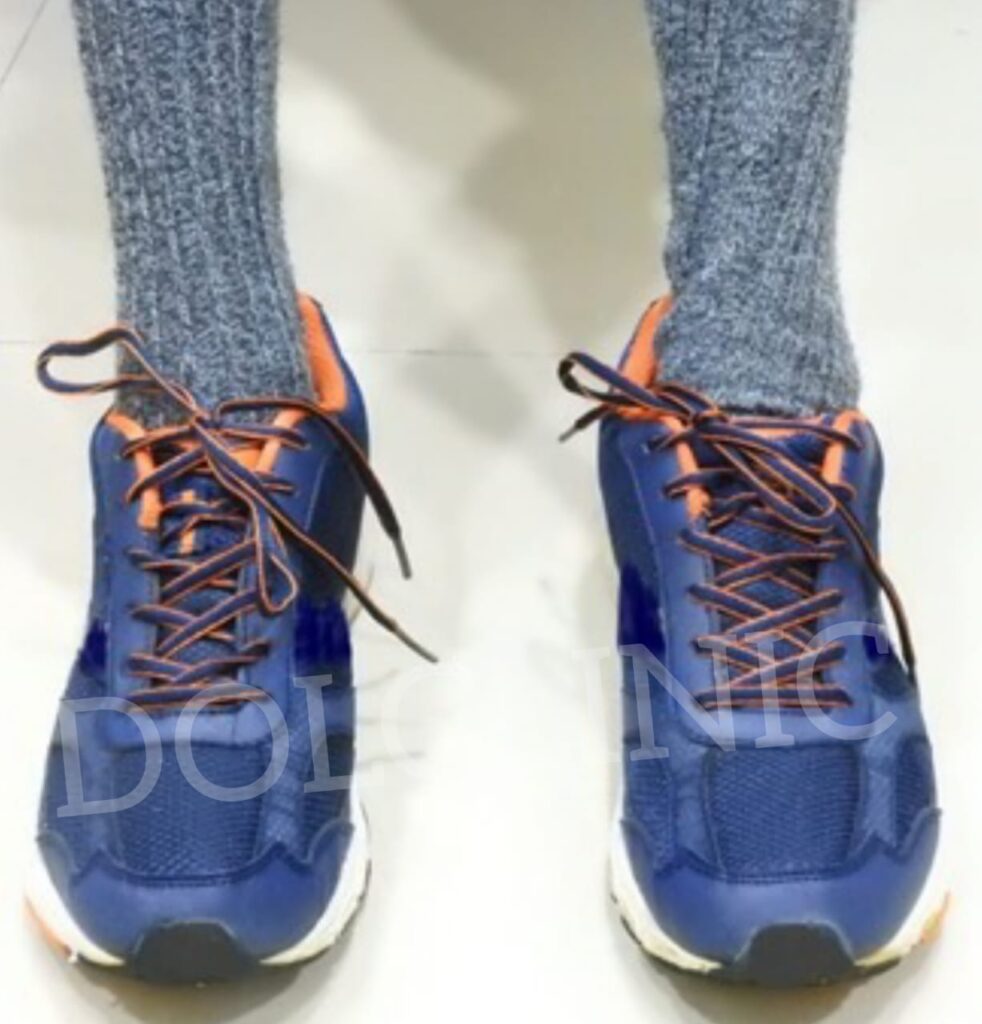
Always wear socks whether in the house or outside. Hawaii chappals or ‘slippers’ as we call them are a definite ‘no’. They can start an infection in between toes.
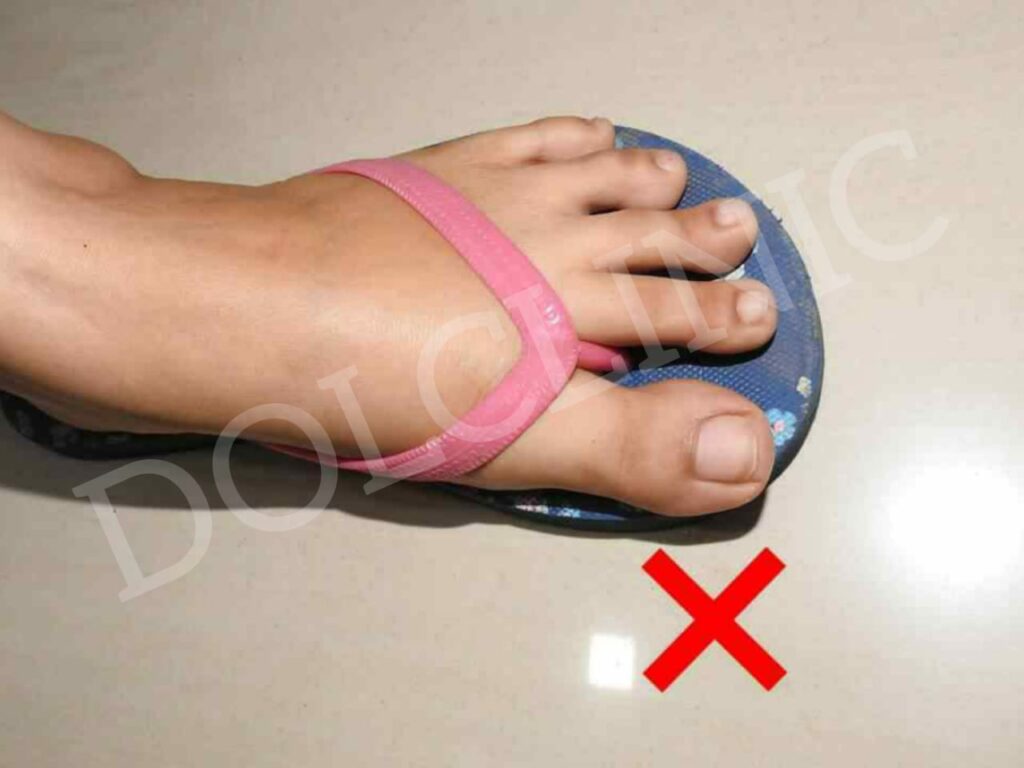
Do not use slippers or hawaii chapals
Examine your shoes, socks and stockings for damage each time before putting them on. Cracks, small stones and nails are sometimes found. Because of lack of sensation, the person may not be aware of the nail, stone or glass embedded in the shoe.
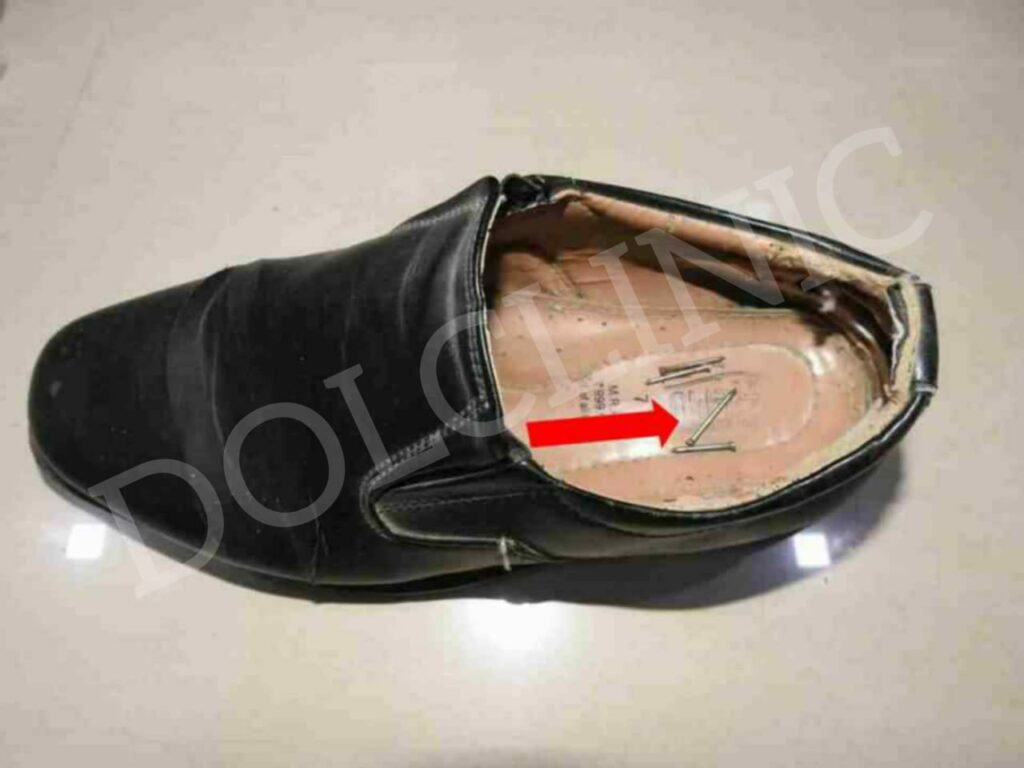
Check for stones, nails, glasses inside the shoes, as diabetic many times cant feel it
Avoid tight footwear. Tight footwear itself can damage feet and cause ulcers and infections.
Use socks all the time. They avoid injuries at home, shoe bites, shearing forces.
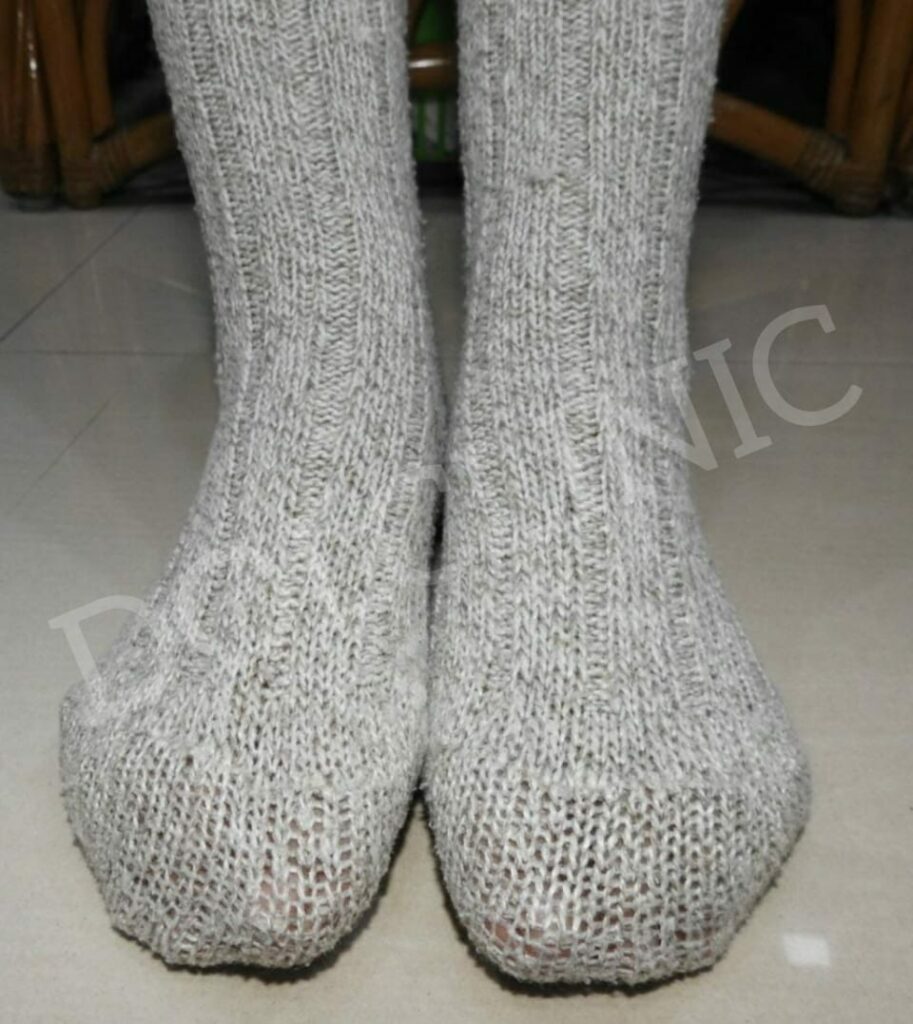
Please read our page ‘Diabetic Footwear – Customised’ for more information on customized footwear.
6. Look for early signs of foot problem-+
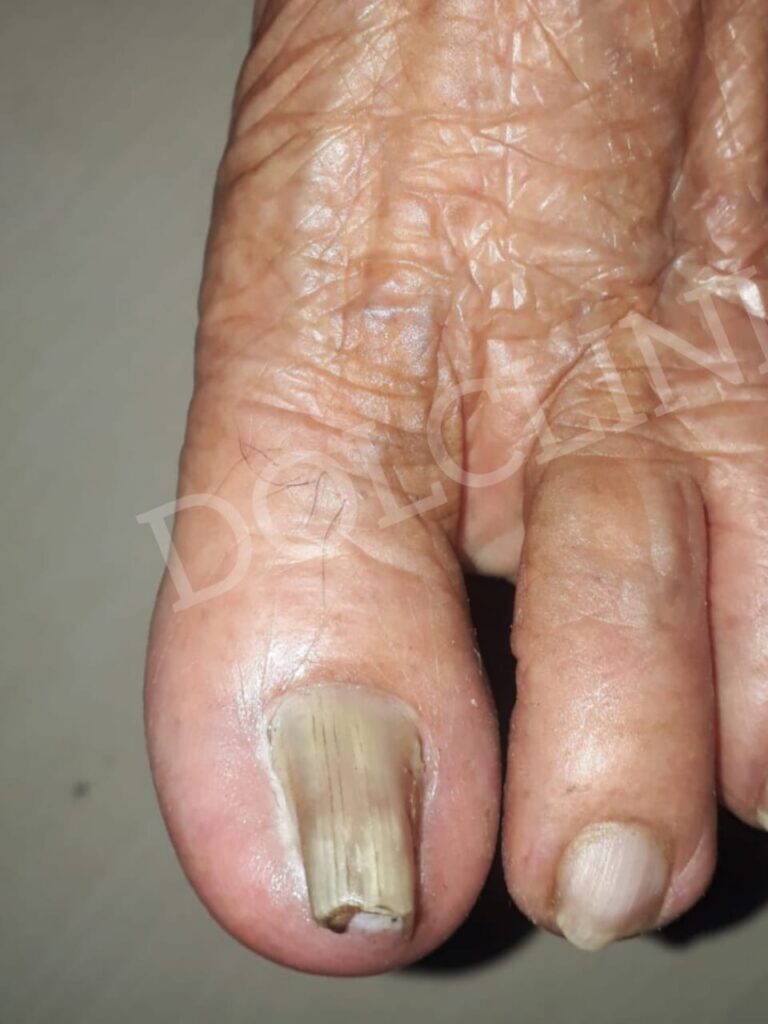
This is a common condition called IGT (Ingrowing toe nail)
Such nails need special instruments (shears) to cut.
Thickened skin or callous forms over high-pressure points. This is the commonest warning sign before skin breaks and serious ulcer starts. If treated early, it can prevent serious infection.
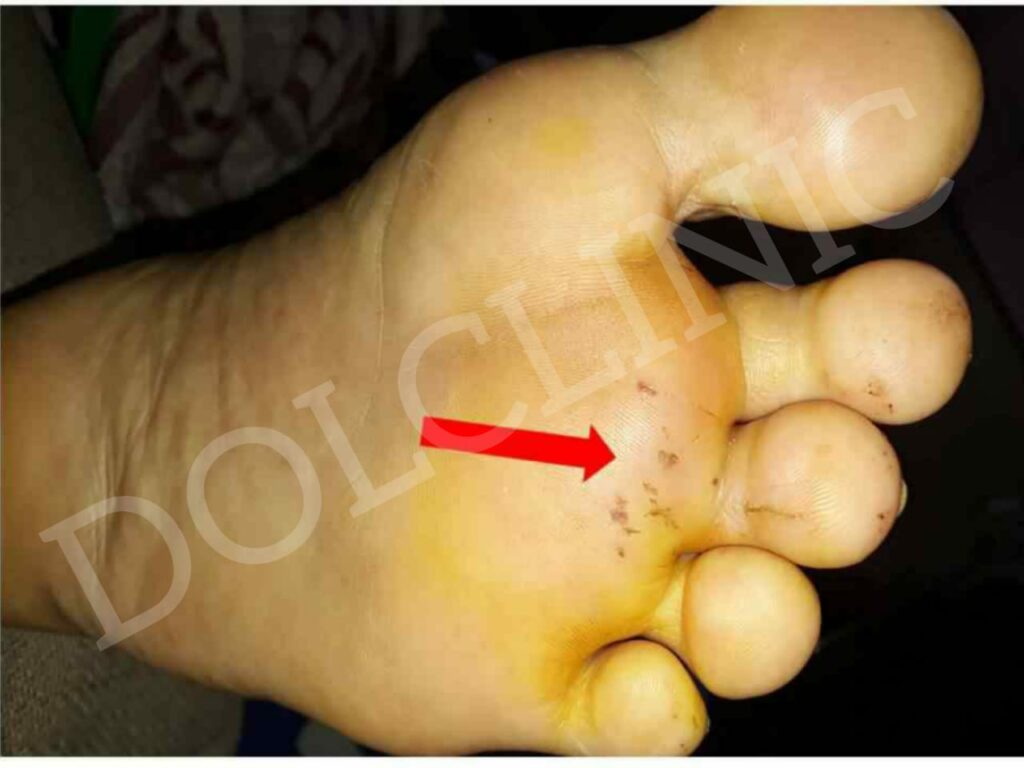
Cuts and bruises
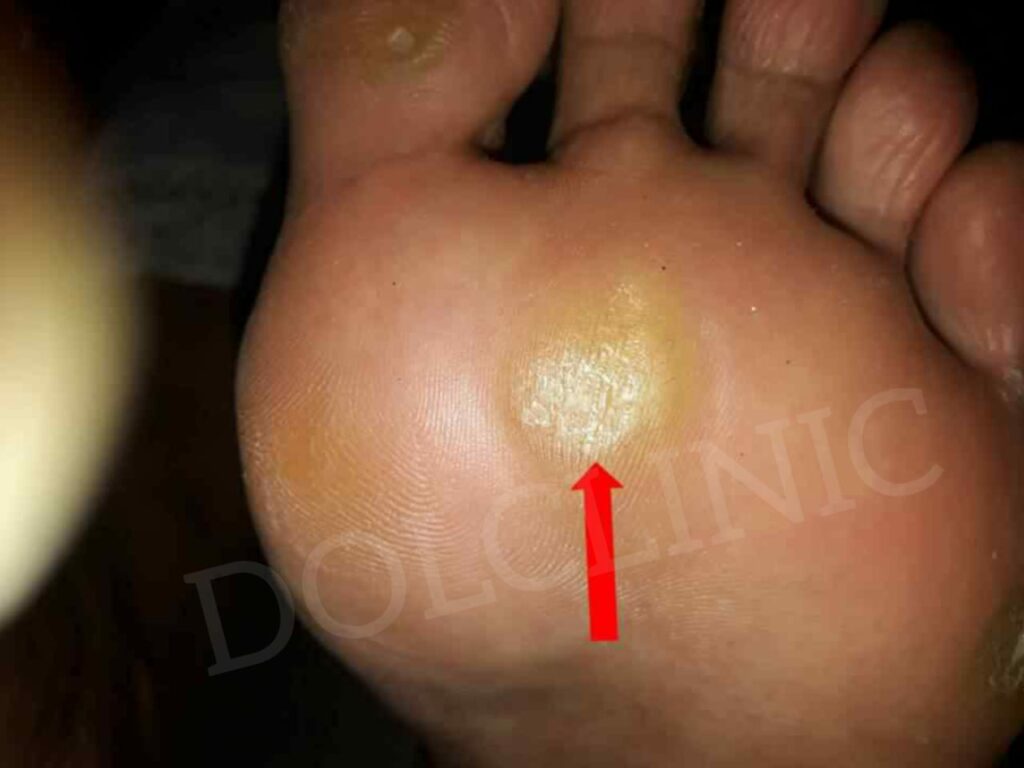
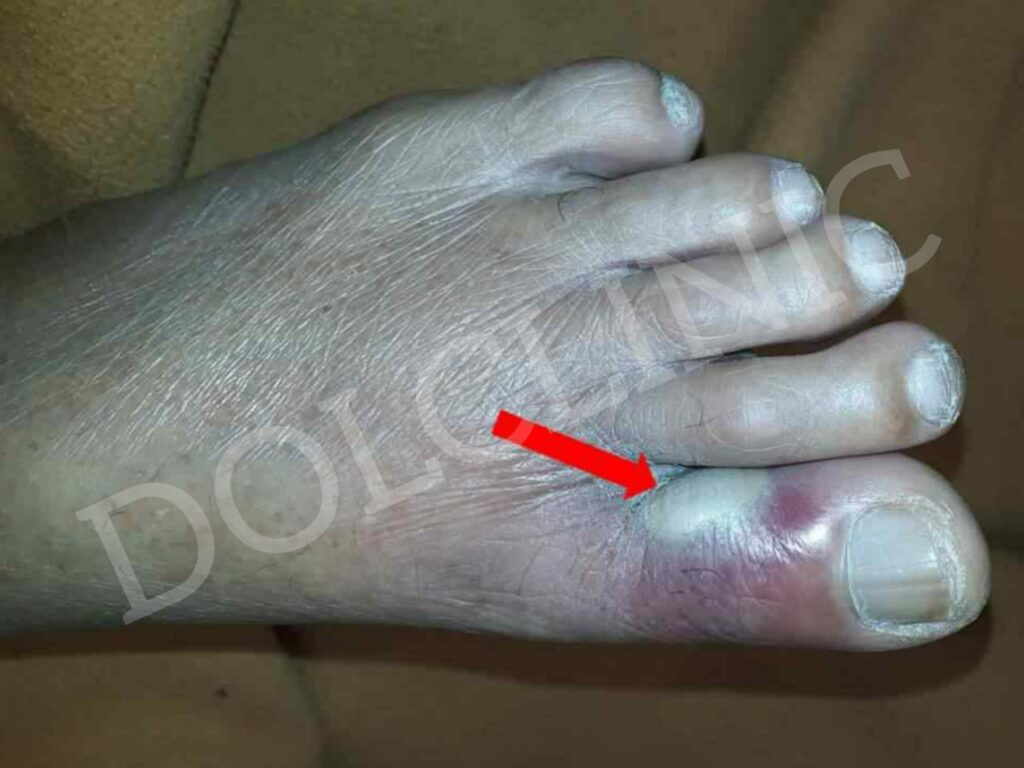
Any change from the previous appearance of foot should alert a person. One may check other leg for comparison. Skin may turn red after infection. Pus collection may show yellow areas. Any change in color, especially purple to black can herald circulation problem. When circulation is poor, a person may get lot of pain and/or one foot may feel colder to touch compared to the other one.
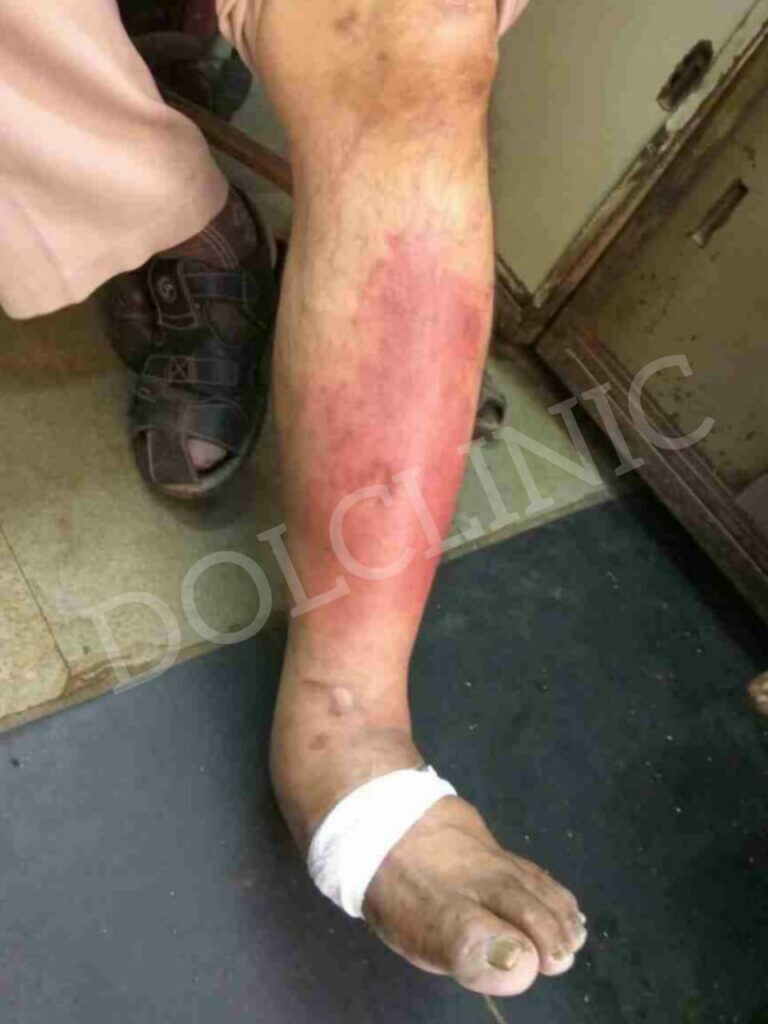
Redness due to infection
7. Corns and callosity and warts-
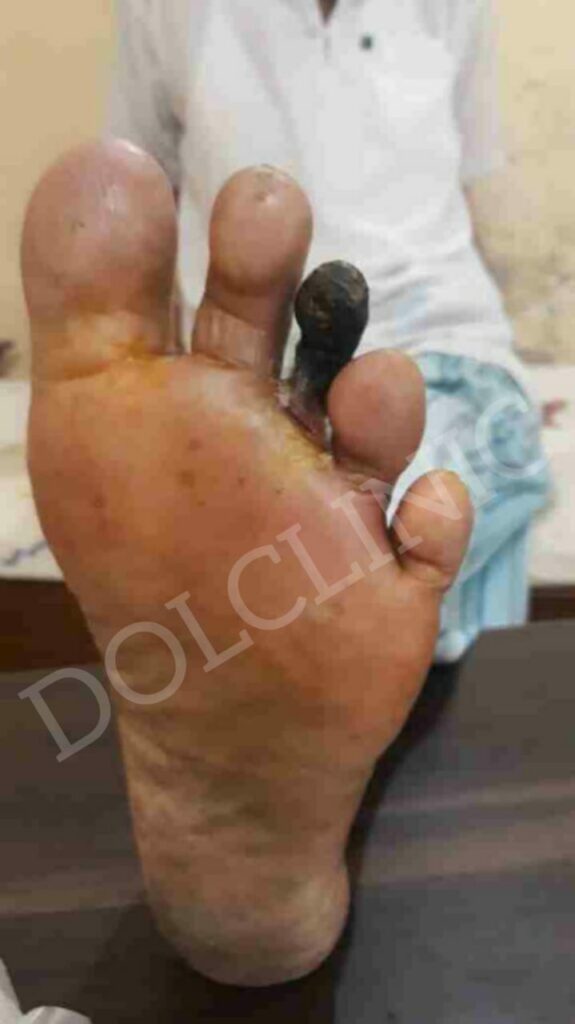
THESE ARE USUALLY THE WARNING SIGNS OF ULCERS and must be dealt urgently. These are hardened, thickened skins and are quite dangerous. They are formed owing to our own weight at some pressure points.
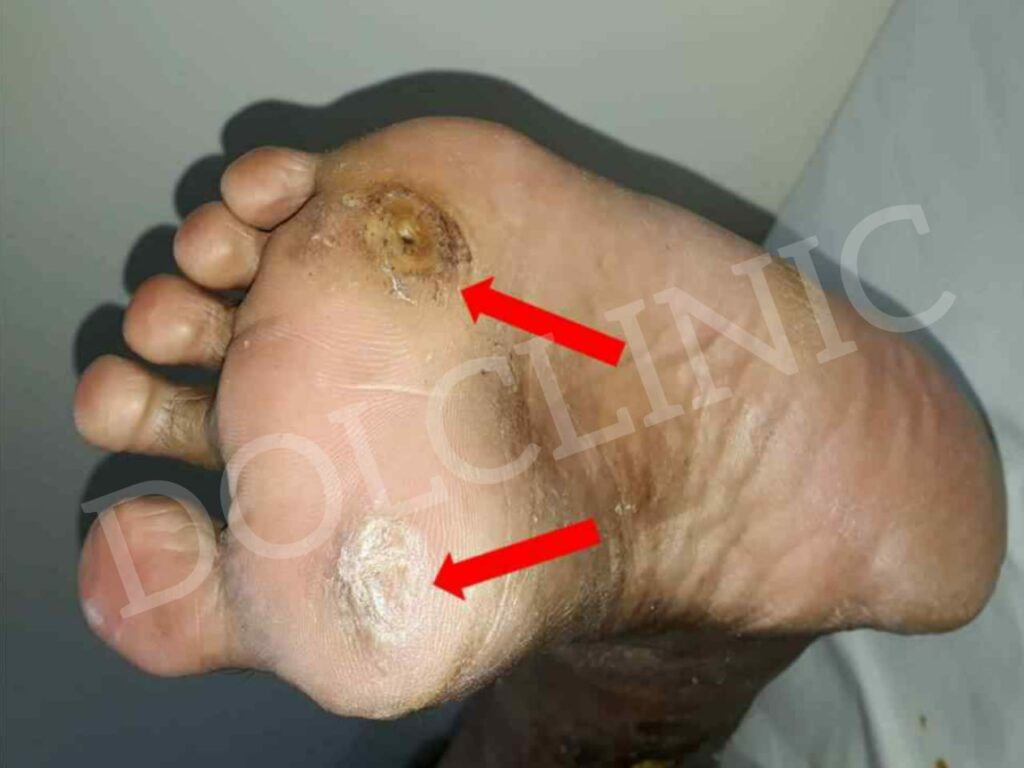
Corns and callosity, the commonest starting point of diabetic infection
Corns and callosities should be dealt with appropriate specialist. Don’t try to cut them yourself and don’t use corn remedies. Warts need to be dealt separately.
8. Avoid burning your feet-
Many diabetics don’t have any sensation. Some have touch sensation but have lost sensation of pain or hot things.
CAUTION: NEVER EVER SOAK YOUR FEET IN HOT WATER. It can prove dangerous in diabetics with neuropathy. Many people have lost their legs and lives as well just because of this one thing. Even before taking bath check the temperature of the bath water by pouring it on other elbow.
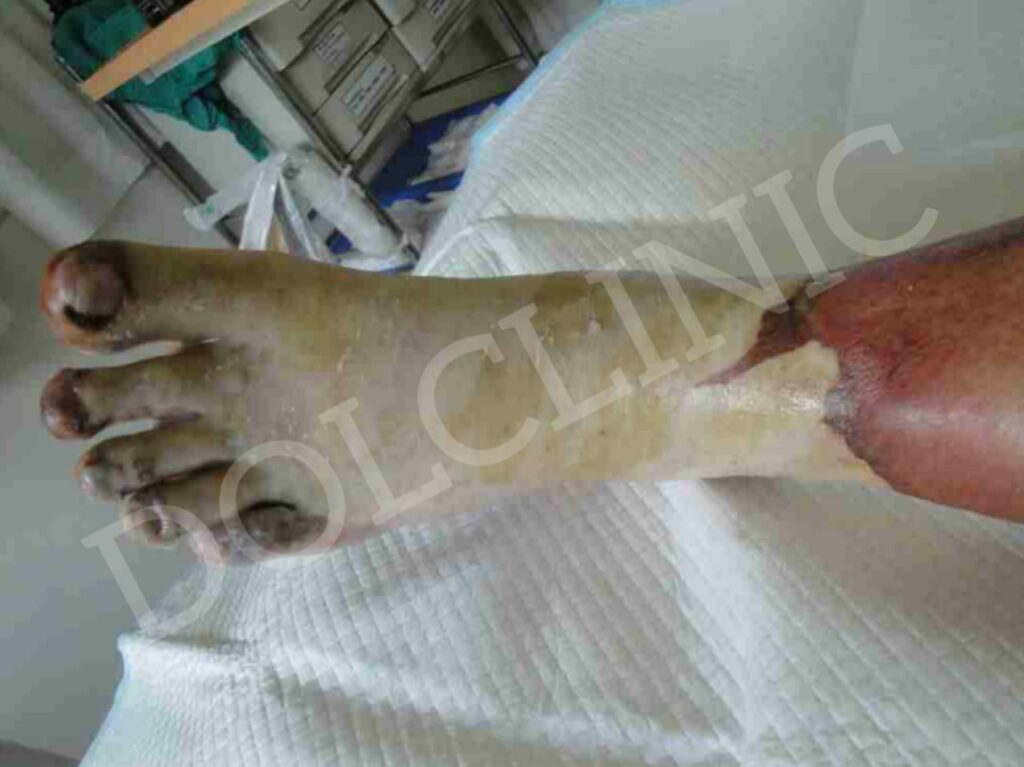
You need to be careful even if you visit a very cold freezing climate. The cold climate can cut down the circulation to the toes and this may get unnoticed when there is no sensation left.
If feet get burnt, don’t lose time. Ask for professional advice.
9. Avoid any special creams/massage-
The only safe thing probably is moisturizer like coconut oil on intact skin and simple saline/gauze dressing on raw areas.
Avoid any chemicals, ointments, special dressings, herbal creams, alternative therapies unless advised by a proper foot specialist.
Most of these chemicals can do more harm than good to the sensitive and delicate skin of the diabetic foot.
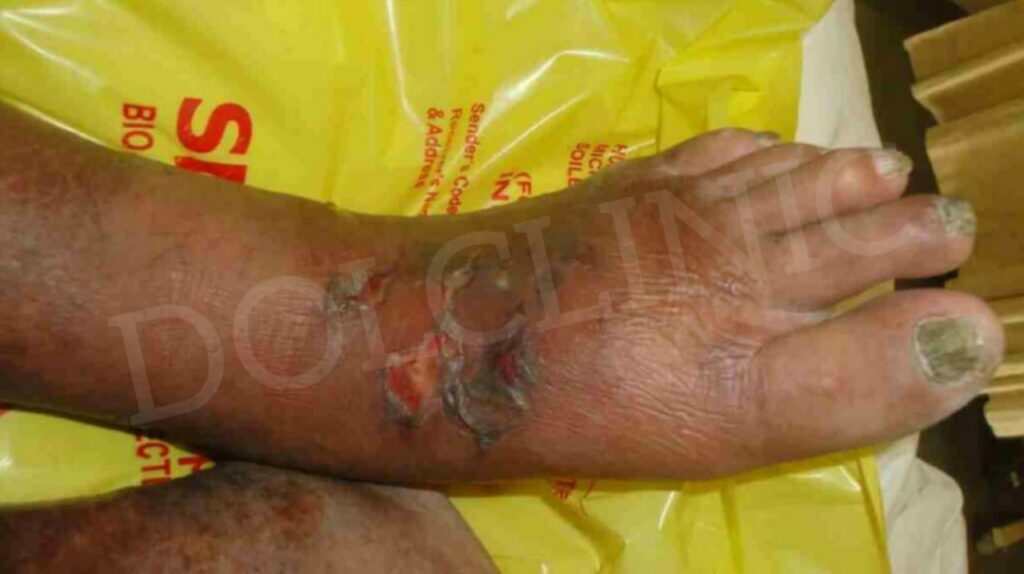
10. Dressing-
Avoid using irritating chemicals. Simple saline is best.
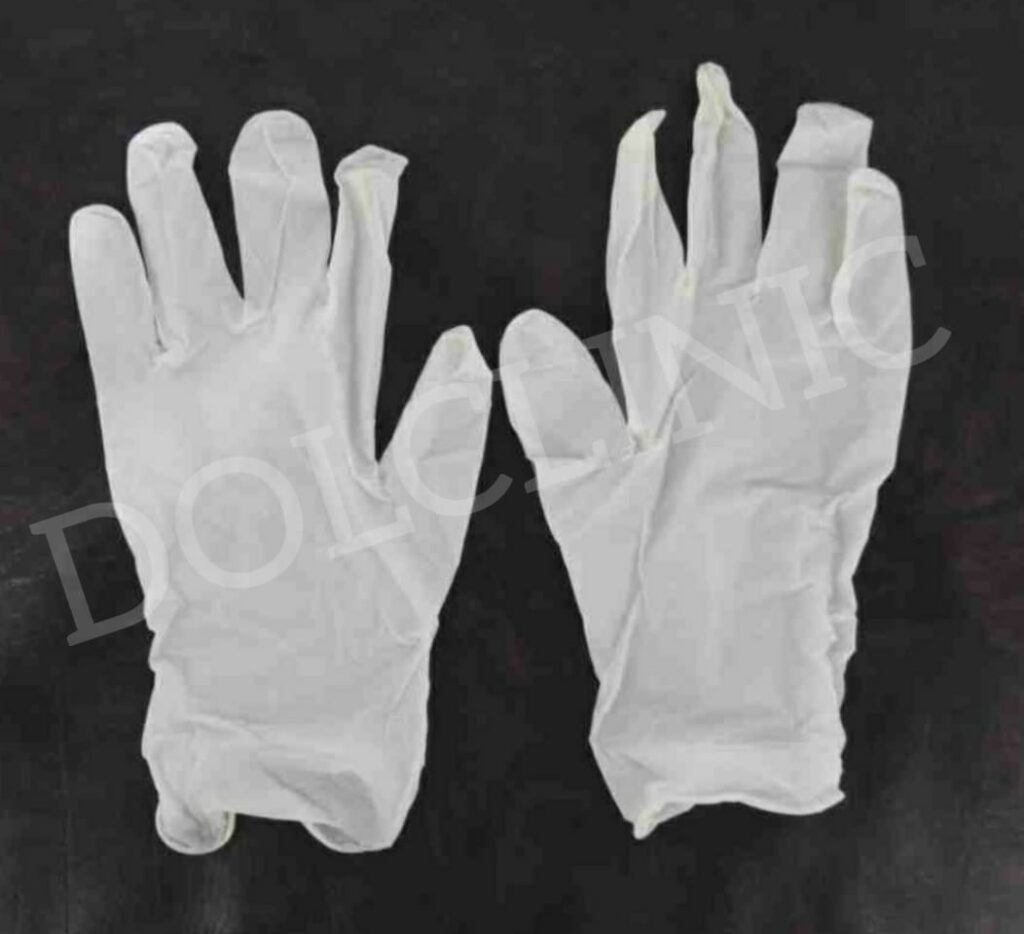
The safest dressing is saline and gauze piece fixed by bandage. On your own, avoid chemicals like spirit, eusol, povidone iodine, hydrogen peroxide and many other chemicals. These chemicals kill cells. They can’t distinguish between bacteria and our own cells. They can do more harm than good.
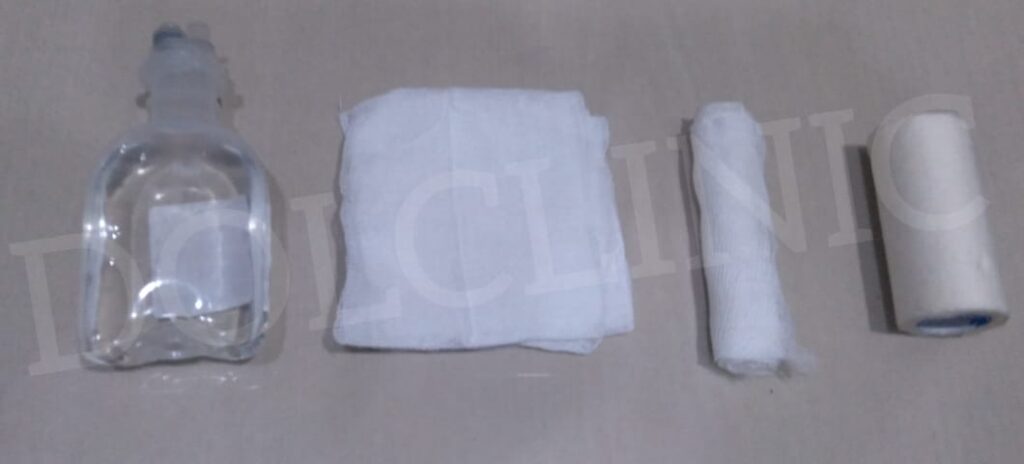
Avoid very tight bandaging. This itself can cause ulcers. Avoid putting sticking plaster directly to the skin. Avoid crepe bandage, because the pressure it creates can cut down blood supply further.
11. Regular check up at foot clinic-
You check your blood pressure, sugar level, kidney function and many other tests regularly. Then why ignore the feet?
Get them checked regularly by an experienced professional. Most of the time only simple clinical examination is required. On the infrequent occasion when there is a problem, one may need investigations.
The least they should check in the foot clinic is your feet and YOUR FOOTWEAR AS WELL!
12. Avoid smoking-

Tobacco in any form will cause damage to circulation. So, avoid, cigarette, bidi, paan, tobacco.
13. Diabetes and general health-
Needless to say, keep your diabetes under control. Also keep other risk factors like blood pressure, heart issues under control. In the early stage of diabetes, one should try to reverse diabetes.
